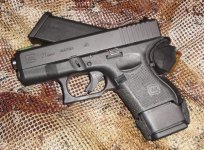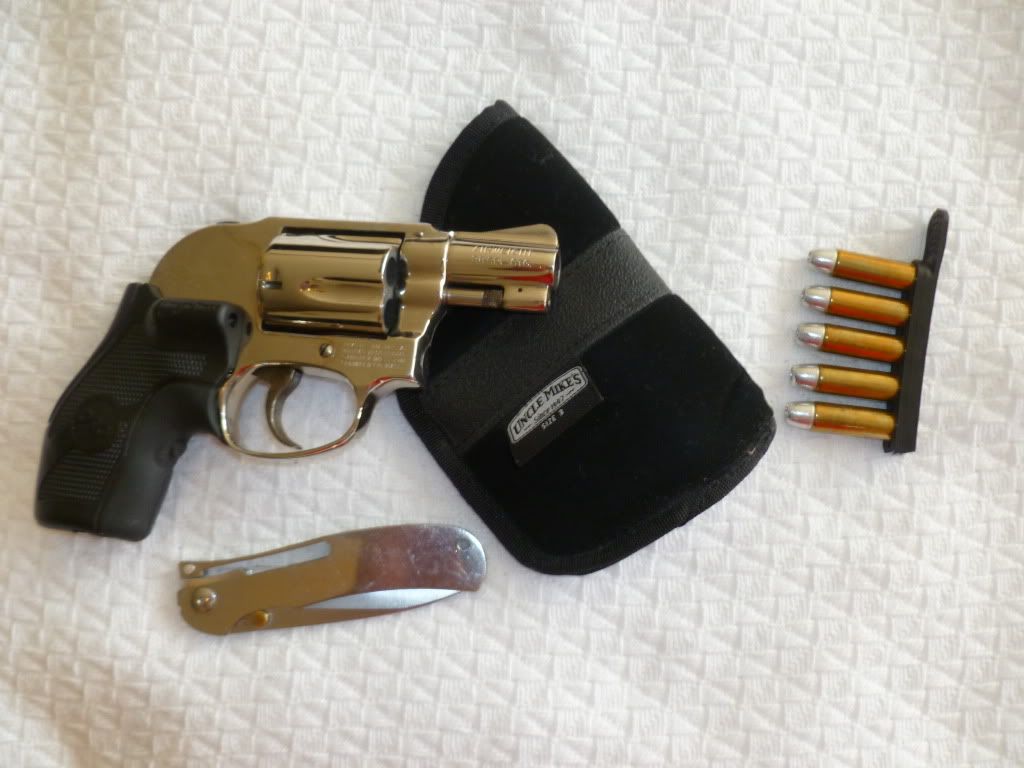The two are so close is comes down to individual loads and guns in the 125 Grain bullet range. You are absolutely correct with heavier bullets, the 357 Sig is a one trick pony.
It is worthy of note that, while the paper ballistics of the .357 Magnum and .357 Sig with 125gr bullets are very close, the .357 Magnum can, with the right loading, behave very differently. The majority of .357 Sig loadings use either a 9mm bullet or one slightly modified to hold up better to 1300+fps velocity. As such, they usually behave about like modern 9mm loadings in that they typically penetrate 12-16" and expand to 1.5-2x original diameter.
While many 125gr .357 Magnum loadings, particularly the more "modern" ones with fully jacketed bullets (some of which are bonded), perform this way as well, many of the older designs, specifically semi-jacketed hollowpoints, perform quite differently. These older bullets will often shed their jackets in relatively large shards yet still retain 60% or more of their weight and penetrate 11-13". While bullet fragementation is usually an undesireable trait, it's typically considered undesirable because it often yields quite shallow penetration (often as low as 8"). A good argument could be made that fragmentation with adequate penetration is actually desirable because it acts synergistically with temporary cavitation to produce tissue damage beyond what temporary cavity without fragmentation is capable of. Such effects have been documented by Dr. Martin Fackler with fragmenting rifle bullets. While we obviously shouldn't expect the same degree of tissue damage due to lower levels of kinetic energy, I see no reason not to expect similar effect on a smaller scale with a fragmenting yet adequately penetrating handgun bullet.
The felons I saw ventilated with 158 grain 357 mags were all thru and thru wounds and the bullets usually failed to expand. The 125's are less likely to overpenetrate with as much energy as the lighter bullet sheds velocity faster.
I don't know precisely what loadings you saw the effects of, but it is a fact that one has to be somewhat careful about bullet construction with the heavier .357 Magnum loadings as some have difficulty expanding in erect bipeds. Probably one of the most notorious offenders is the 158gr Hydra-Shok which, from the tests I've seen, cannot be trusted to expand from anything less than a 4" barrel. Others that can be iffy, particularly from short barrels, include the 158gr Gold Dot as loaded by Speer and the 158gr XTP as loaded by Hornaday (the extra velocity of boutique makers like Underwood, Buffalo Bore, and Double Tap would probably help matters considerably with these particular bullets).
There are, however, other loadings with heavy bullets that expand much more reliably though they are, ironically, some of the older loadings available. The more trustworthy loadings with heavy bullets would include the Federal and Remington 158gr semi-jacketed hollowpoint loadings and Winchester 145gr Silvertip. These loadings, while still penetrating rather deeply (usually 15.5-16.5" in bare gelatin) still expand reliably because their more dated bullets are fragile enough to expand even at their more moderate velocity (which is a relative term since all three still usually clock 1200-1300fps from 4" barrels and 1100+fps from snubs). While I've not seen any testing on it in particular, I suspect that the Cor-Bon 140gr JHP loading would also fall into this category as the Sierra bullets used by Cor-Bon seem to expand quite reliably at anything much over 1000fps (less in some calibers) often to the point of fragmentation if velocity is too high.
I probably should mention that while the 158gr Gold Dot would be my choice from Underwood's lineup, my first choice of all brands is Remington 158gr SJHP as, for this particular caliber, I think its more fragile bullet gives a better balance of expansion and penetration. Finally, don't assume that a bullet which exits the target is necessarily less effective than one that doesn't. A bullet that exits fully expanded very likely did very nasty things on its way through whatever it perforated.


